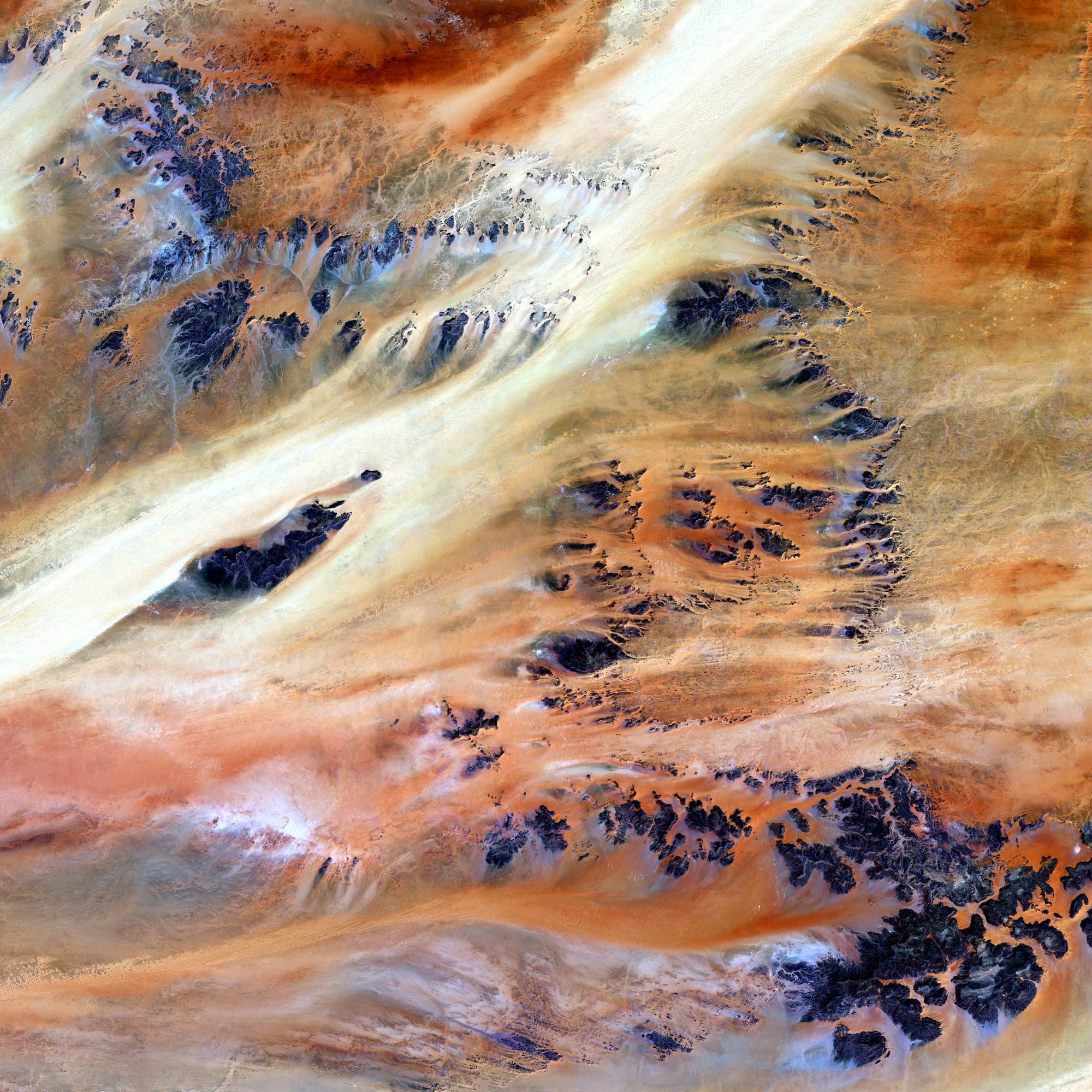Chad: Ideal Weather, Seasons & Months for Visiting

Chad: Ideal Weather, Seasons & Months for Visiting
Introduction
Chad, located in Central Africa, offers a unique blend of diverse landscapes and fascinating cultural experiences. As a landlocked country, Chad experiences a primarily hot and dry climate, but depending on the region and time of year, weather conditions can vary significantly. Understanding the ideal time to visit based on weather patterns, seasons, and temperatures can help you plan a memorable trip to Chad.
Seasons
In Chad, there are three distinct seasons: the dry season, the hot season, and the rainy season. Let's explore each season in more detail:
Dry Season (October to March)
The dry season in Chad is characterized by hot and dusty conditions. While the northern regions experience little to no rainfall during this time, the southern parts of the country might still receive occasional showers. Humidity levels are generally low, and temperatures can reach scorching heights. It's advisable to carry sunscreen, comfortable clothing, and plenty of water if you visit during this season.
Hot Season (April to June)
The hot season in Chad is the hottest time of the year. Temperatures can soar above 40 degrees Celsius (104 degrees Fahrenheit), especially in the desert regions. It is important to stay properly hydrated and avoid prolonged exposure to the sun. If you plan to visit Chad during this season, packing lightweight, breathable clothing and a hat is essential.
Rainy Season (July to September)
The rainy season in Chad brings relief from the scorching heat. During this time, the country experiences sporadic rainfall, especially in the south. The temperatures are relatively lower, and the landscape bursts into lush greenery. However, traveling during the rainy season may be challenging due to muddy roads and limited access to certain areas. Make sure to pack appropriate rain gear and plan your itinerary accordingly.
Monthly Weather Overview
| Month | Season | Humidity | Temperature (°C) | Sun (hours/day) | Rain (mm) |
|---|---|---|---|---|---|
| January | Dry | 10% | 25-36 | 8 | 0 |
| February | Dry | 10% | 27-38 | 9 | 0 |
| March | Dry | 10% | 30-41 | 9 | 0 |
| April | Hot | 10% | 35-45 | 8 | 5 |
| May | Hot | 10% | 37-47 | 8 | 10 |
| June | Hot | 10% | 38-48 | 9 | 20 |
| July | Rainy | 20% | 30-37 | 6 | 60 |
| August | Rainy | 25% | 29-34 | 6 | 80 |
| September | Rainy | 20% | 29-35 | 7 | 40 |
| October | Dry | 10% | 29-39 | 8 | 5 |
| November | Dry | 10% | 28-38 | 9 | 0 |
| December | Dry | 10% | 25-36 | 8 | 0 |
Conclusion
Chad offers a diverse range of climates depending on the region and season. If you prefer hot and dry conditions, the dry season from October to March is the ideal time to visit. However, if you enjoy milder temperatures and vibrant landscapes, consider planning your trip during the rainy season from July to September. Regardless of the season, always come prepared with adequate sun protection, clothing suitable for the climate, and necessary rain gear when required. With its rich culture and natural wonders, Chad is a truly captivating destination to explore.
